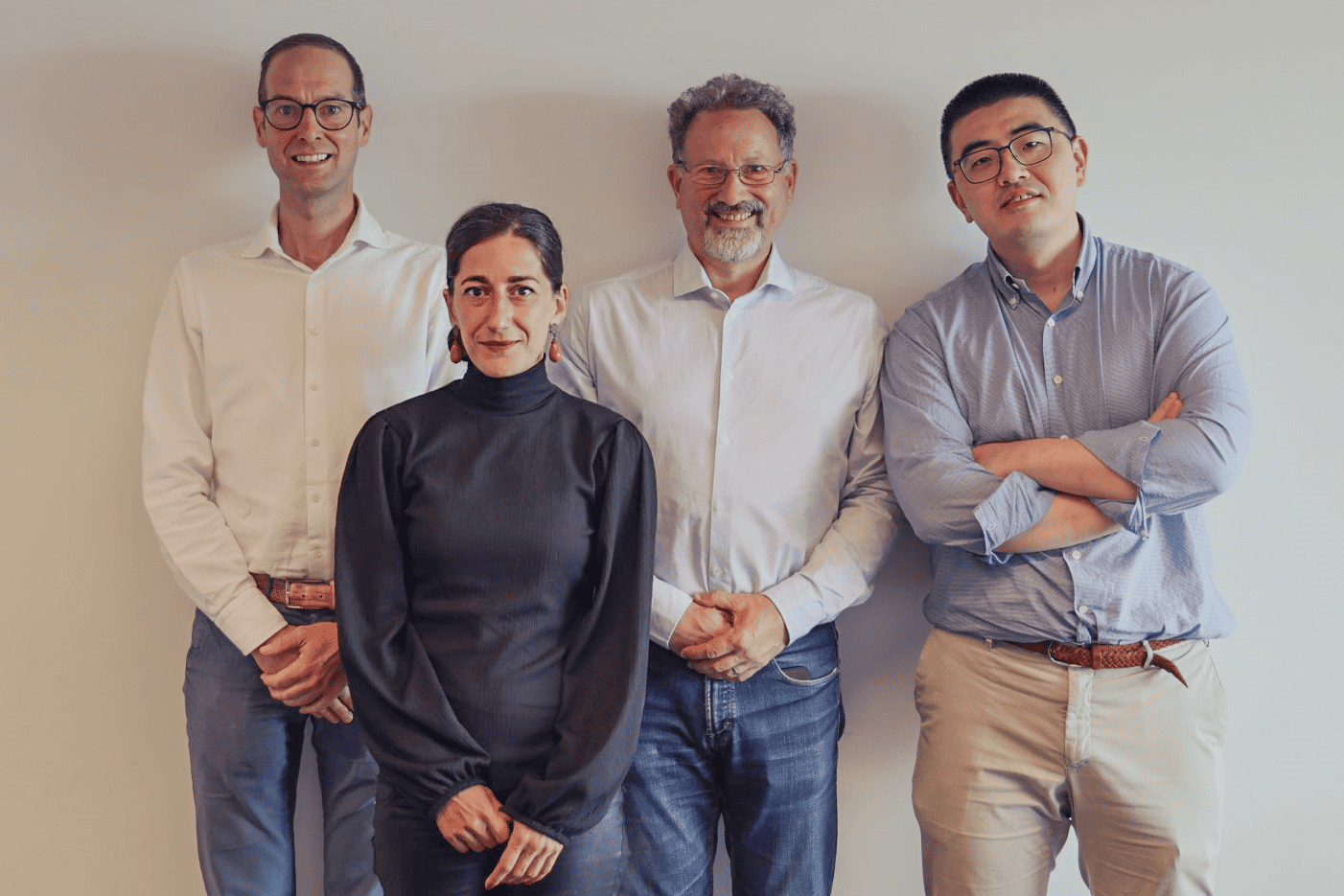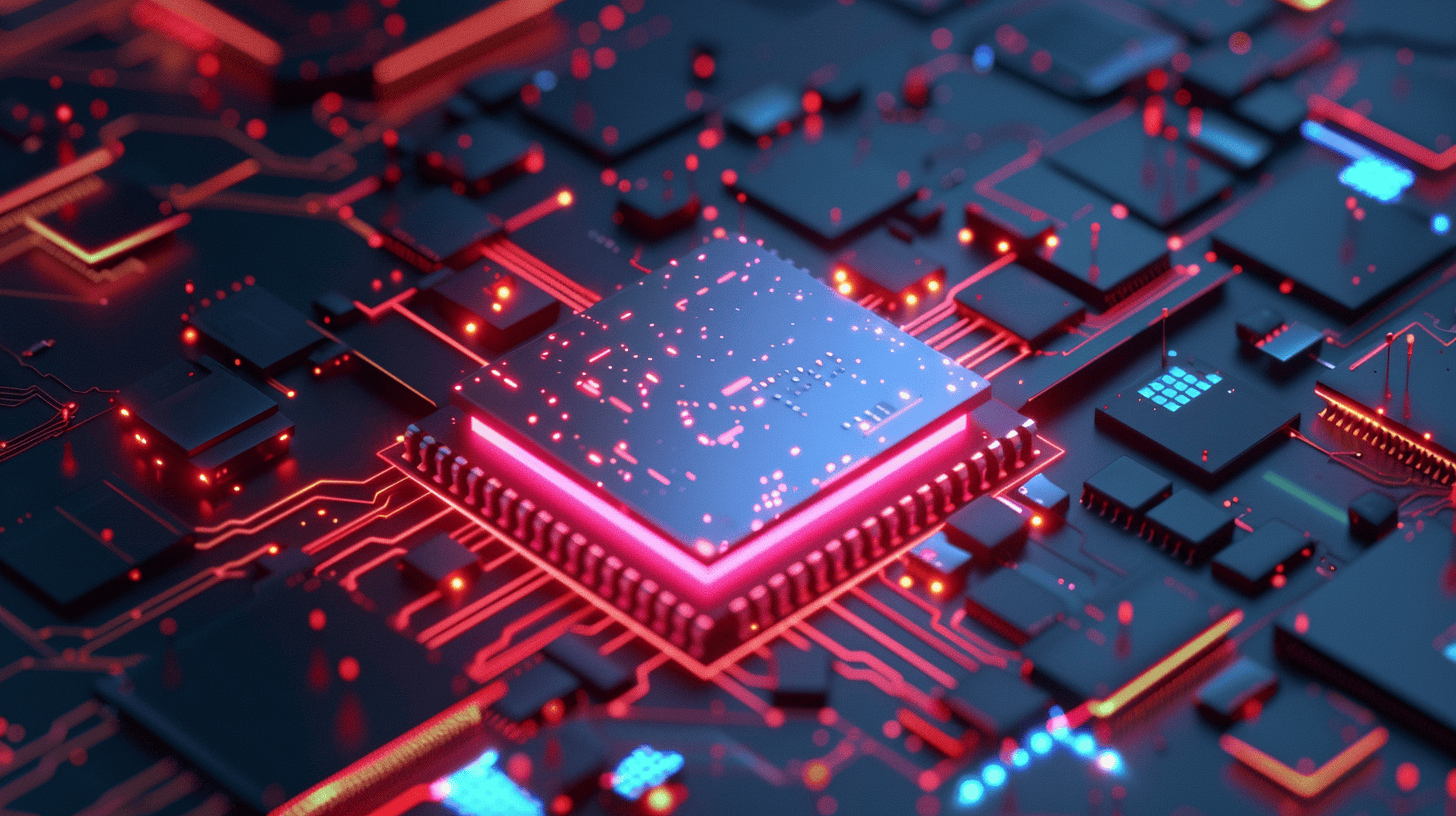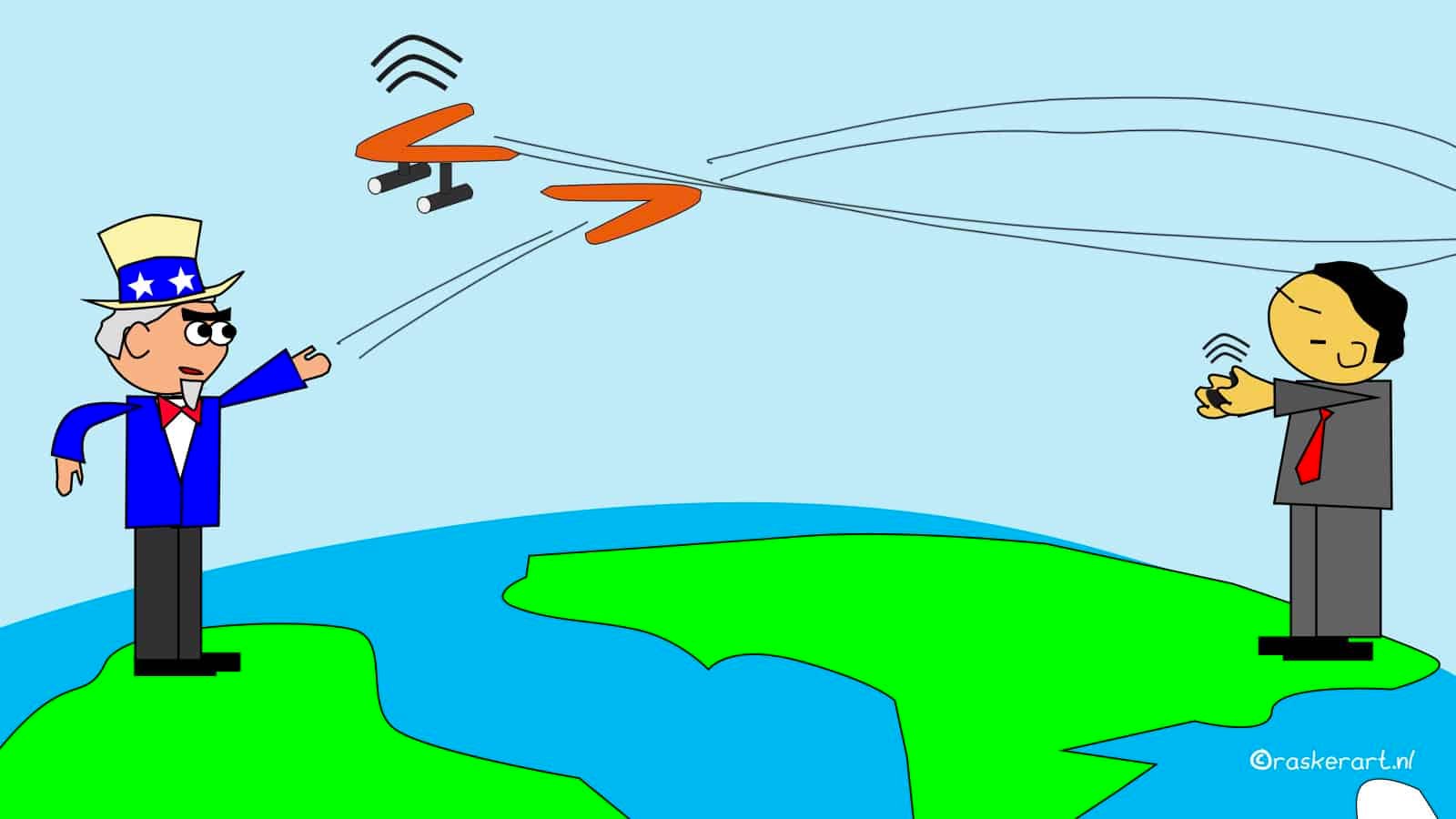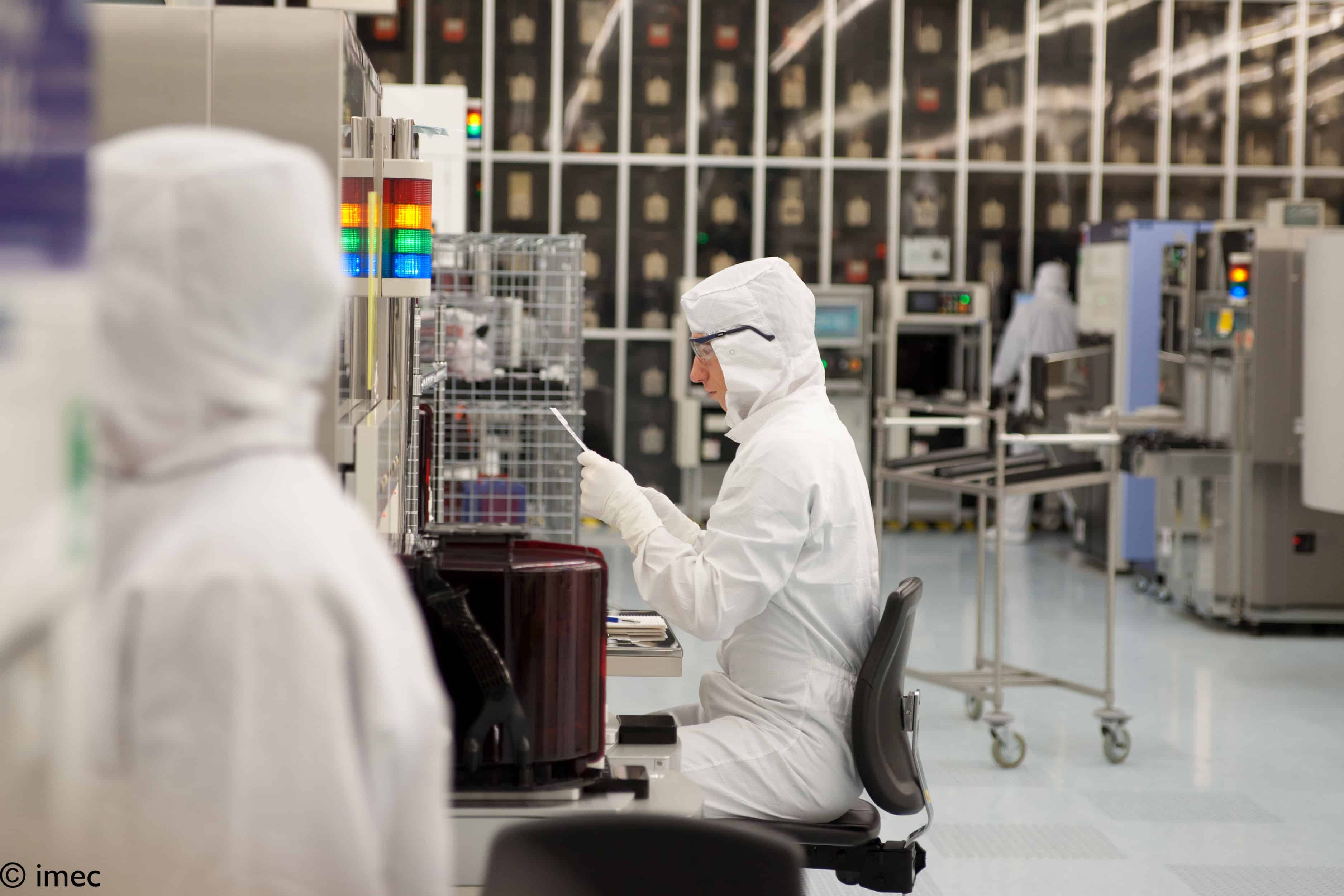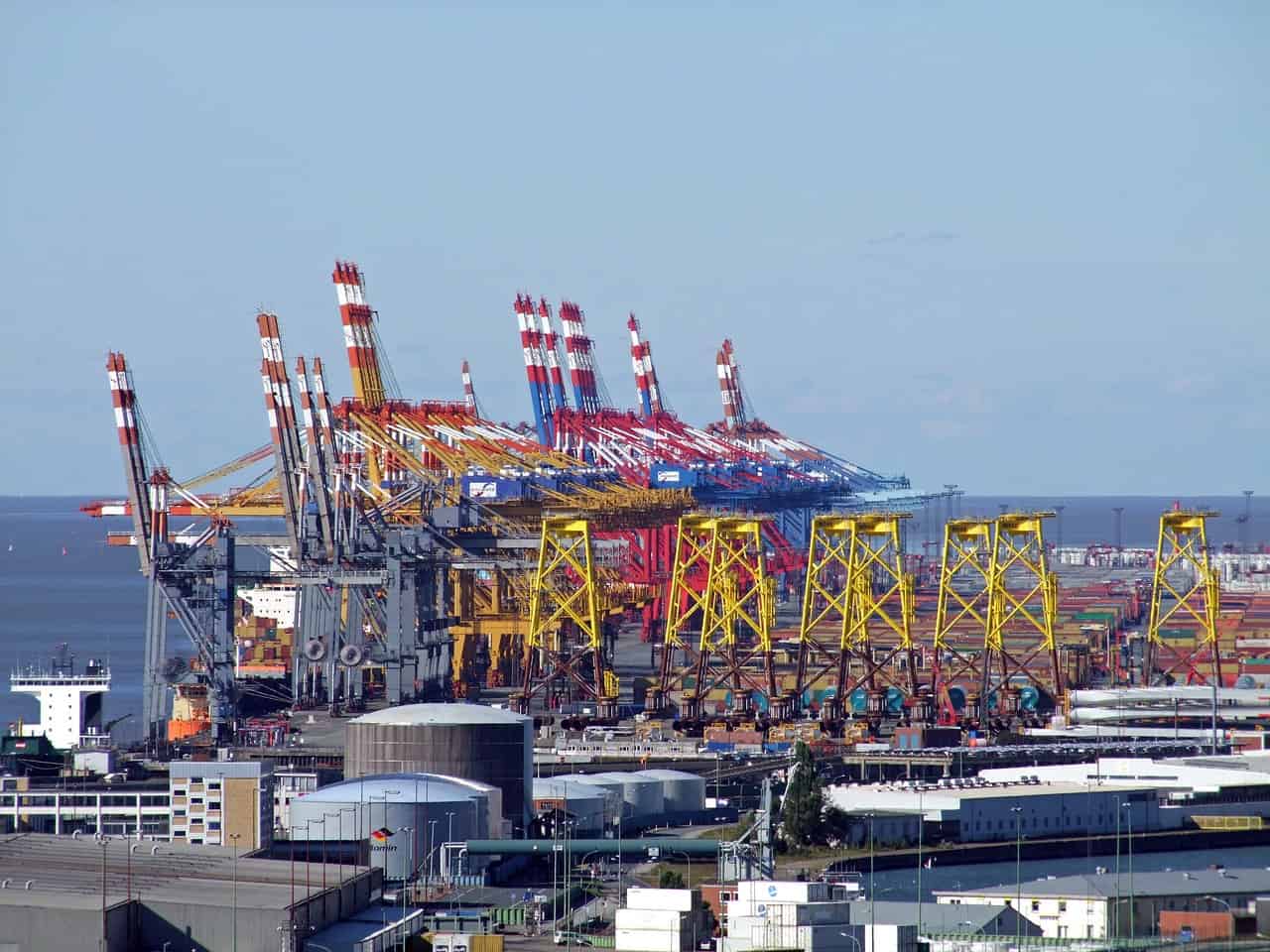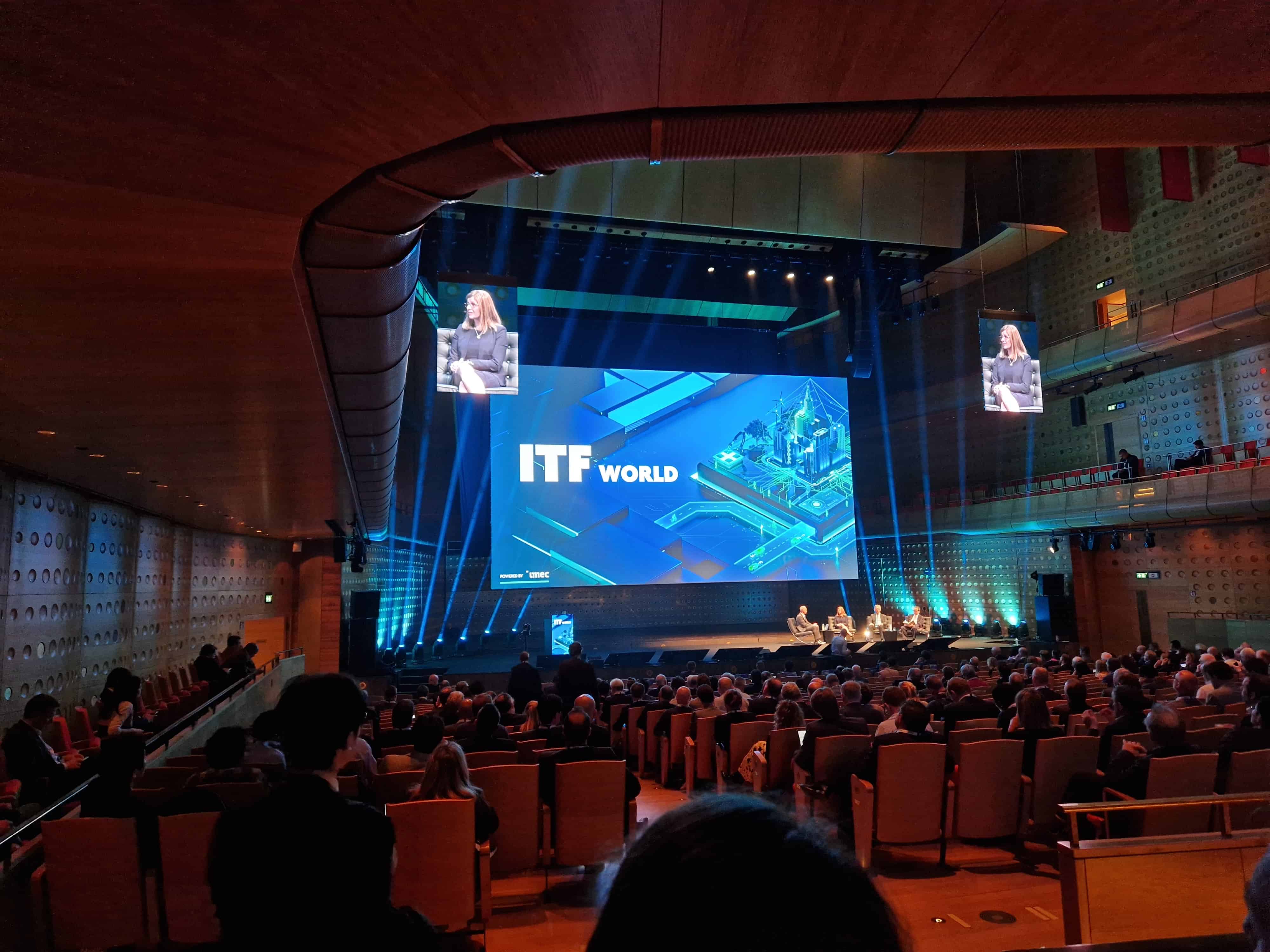
“I do not need to convince you that the digital and green transition is impossible without semiconductors. It [the semiconductor industry] is the “steam engine” of the ongoing transformation of our economy,” stated EU Commissioner for internal market Thierry Breton during the opening session of ITF World (imec Technology Forum).
The ITF World is the flagship event by imec – the leading Belgian research and development institution – on semiconductors and deeptech. The event took place in Antwerp on May 16 and 17, with a busy agenda of keynote speeches, panels, and demonstrations. The main discussion topics amid research, challenges, and geopolitics were chip technology development and its supply chain.
Technological leadership is reshaping the world’s scenario, and Europe can’t be a passive observer. “Our partners (notably USA, South Korea, Japan) but also our systemic rivals (China) are investing heavily to support their capacities in this field. Europe had to have its plan to lead in this race,” said Breton.
The plan is the newly introduced EU Chips Act, aiming to increase the EU’s chip production to 20 percent of the global market – doubling the share compared to 2020. “I want a Europe that knows how to lead on semiconductors technology,” the commissioner stressed. Key to achieving the plan’s ambitions will be “the support of the European’s industry stakeholders.”
What’s the EU Chips Act?
The European Chips Act aims to strengthen its semiconductor industry, increasing its resilience and reducing external dependencies. In total, €43 billion of policy-driven investment will support the strategy until 2030.
The Chips Act sets five primary goals:
1) Strengthen Europe’s research and technology towards smaller and faster chips;
2) Build and reinforce capacity to innovate in the design, manufacturing, and packaging of advanced chips;
3) Put in place a framework to increase production capacity to 20 percent of the global production by 2030.
4) Address the skills shortage, attract new talent, and support the emergence of a skilled workforce.
5) Develop an in-depth understanding of the worldwide semiconductor supply chain.
Semiconductors for a sustainable society
Imec CEO Luc Van den hove took on the stage next. Whereas Commissioner Breton defined allies and enemies, Van den hove underlined how “decoupling slows down innovation. World regions should strengthen their strengths and minimize their flaws through collaboration.”
“Climate change is the moonshot of our era, and deep tech is essential for tackling the world’s biggest challenges. Semiconductors can be the flywheel for a sustainable society.” At the same time, he lamented the lack of a “holistic approach” to make the industry sustainable.
Yet, Van den hove stressed that the moment is “pivotal” for the semiconductor industry, with challenges ahead and the chance of using government help.
Strategies
EU’s Chips Act follows the US CHIPS and Science Act, a whopping $280 billion plan to boost microchip production to counteract China. The bill allocates money to bolster manufacturing capacity, catalyze R&D, and create regional high-tech hubs.
At the same time, the Japanese government set out its semiconductor development policy. Security and revitalization are the two principles guiding the plan, which aims at making Japan regain the primary role it had in the sector. The three-step strategy comprises strengthening production infrastructure for IoT (Internet of Things) devices, developing next-gen technologies with the US, and larger-scale international collaborations.
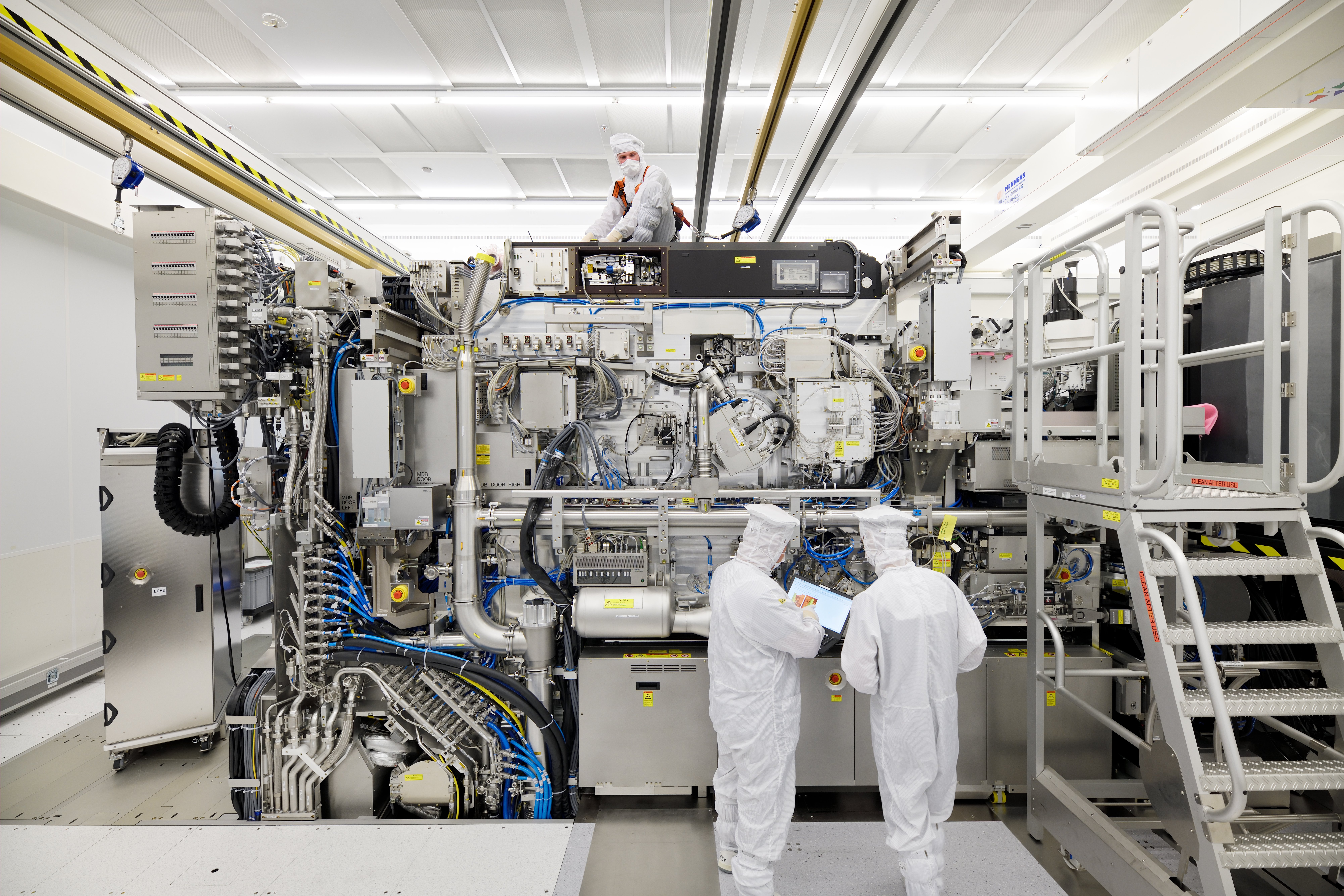
Anti-China block
As a symbol of the renewed partnership between the EU, Japan, and the United States, a panel with three representatives of each was hosted by imec’s chief strategy officer Jo De Boeck.
All three panelists have underlined the value of collaboration. Satoshi Nohara, director general of the Japanese Commerce and Information policy bureau, outlined five areas of collaboration. Use case creation, R&D for the next technological innovation, and an in-house platform for open innovation are among the crucial cooperation areas. As part of this partnership, he underlined that “without the EU, there’s no future.”
Thomas Skordas, deputy director general for communication networks content and Technology at the EU Commission, praised the link up with Japan and the US. “We need to reverse the current situation and face the dependencies together, pursuing excellence in collaborating,” he said. Yet, “By working together, we don’t want to accelerate the chip competition worldwide,” said Laurie Locascio, director of the US National Institute of Standards and Technology.
Moore’s law
Although being almost sixty years old – an eternity in a sector of continuous and disruptive developments – Moore’s law is still relevant in the industry. In a nutshell, it is an observation made by Gordon Moore, the co-founder of Intel, which posits that the number of transistors – the main microchip components – in a chip doubles about every two years.
The executive vice president and general manager of Technology Development at Intel Corporation, Ann Kelleher, brought an example. In her speech, she underlined how the law turbocharges the economy. In Ireland, €30 billion of investments resulted in €90 billion of gross domestic product contribution.
ASML’s chief business officer Christophe Fouquet held a keynote on extending its lithography technology into the next decade. As the main company producing chip-making machines, the Dutch firm is advancing its technologies to produce more powerful chip-printing devices. However, funding may only partially address the technological sovereignty the EU, Japan, and the US seek. “Technological innovations must continue to fuel our industry, and Moore’s law will continue to evolve,” he said.

Race
If semiconductors demand surges, much of such an increase must be attributed to AI’s development. Deploying systems such as Chat-GPT, Dall-E, or MidJourney – and all the systems drawing on them – requires greater computational power.
This inevitably comes with more computing energy required, too. Mark Papermaster, chief technology officer at AMD, stressed that ten million queries to Chat-GPT equal the amount of energy to power five thousand homes daily. To train over a thousand trillion of its parameters, GPT-4 needed almost ten thousand MW/h. To stay up to date and exploit AI’s capabilities, producing more – and more powerful – chips is key.
Whereas the race for production capacity is being won by China, the EU, Japan, and the US bet on their partnership and prime research centers to change trends. It remains to be seen how effective their plans and this alliance will play out and what outcomes they will bring. imec wants to be one of the leading actors in the new semiconductors geopolitics scenario.



